On becoming a historical preservation zone
Six of the buildings are over 50 years old and therefore have presumed heritage status and two (Library Annex and Museo de Oro) are not but declared by NHCP as part of the Xavier Ateneo Historical Preservation Zone.
23 October 2014 – Fr Roberto Yap SJ, XU President then, wrote to National Historical Commission of the Philippines (NHCP) Chair Ma Serena Diokno requesting for a marker for Xavier University Ateneo de Cagayan as a National Historical Landmark for being the First University in Mindanao. Diokno’s reply to XU was to wait for 2033.
4 March 2022 – NHCP Chair Escalante and technical team visited XU main campus to identify significant buildings and structures they will regulate. He had a meeting with Fr Mars P Tan SJ, XU President to discuss the old buildings of the main campus.
In May 2022, NHCP Chairman Dr Rene R Escalante wrote to XU President Fr Mars P Tan SJ, “The NHCP Board of Commissioners appreciates your expression of support to declare portions of Xavier University - Ateneo de Cagayan campus as a historical site.”
The NHCP also formally informed that the Commission will honor XU with a historical marker in 2033 when the university turns 100 years old. XU was established by the Jesuits in 1933 and was the first Ateneo school in the country to be given “university status” (in 1958), making it also the first university in Mindanao.
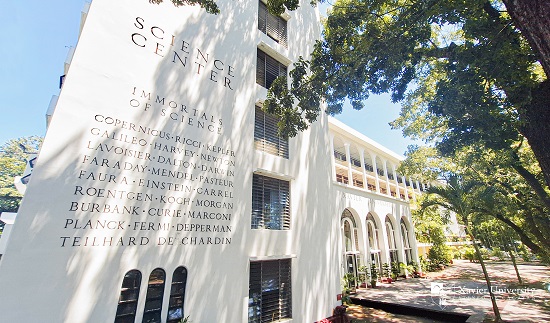
1. The Science Center
The Science Center was constructed for the university’s physical and natural science departments, laboratories, and lecture halls. This five-storey concrete building was the largest on campus with a total floor space of 5,276 square meters. The construction was funded by MISEREOR (German Bishops) and was inaugurated on 12 March 1967.
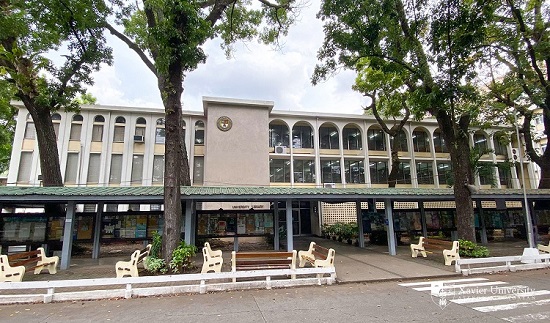
2. The University Main (Old) Library
The library in the 1950s occupied the second floor of St Joseph’s Hall. It had been confined to one room, then thru through US War-Damage Claims funds a three-storey building was constructed and solemnly blessed by Archbishop James TG Hayes SJ on 15 August 1964.
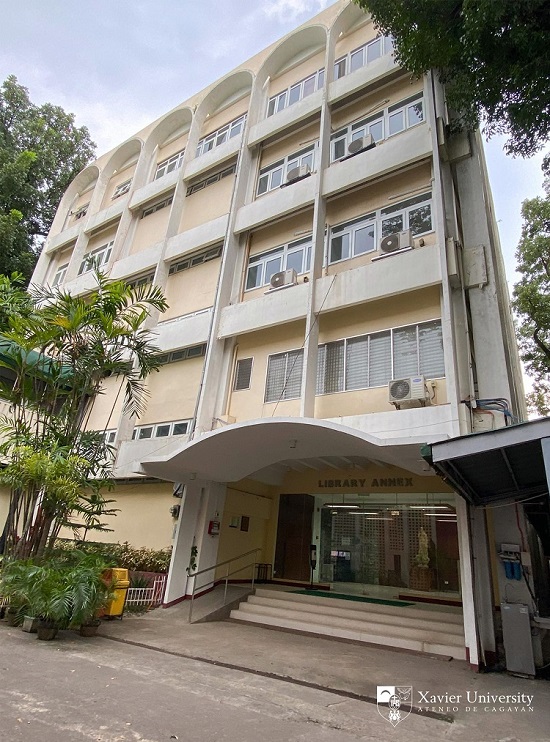
3. The XU-Annex Library
During the Board of Trustees meeting on 2 March 1991, Father Bienvenido F Nebres, SJ, then University President presented his plan of raising funds for a library annex or study hall for students as the University Library can no longer accommodate the present population. This was unanimously approved by the Board and it was left to Father Antonio S Samson, SJ, Father Nebres’ successor, to put the plan into motion and fruition. And on 26 July 1997, the Library Annex was blessed and inaugurated grandly.
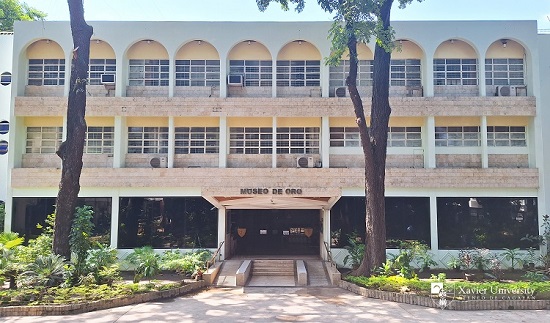
4. Museo de Oro
On 17 August 1967, Fr Francisco R Demetrio, SJ started and founded the Xavier Folklife Museum, initially as an audiovisual aid in teaching Cultural Anthropology and Folklore, which eventually evolved into what is known today as Museo de Oro.
Over the years, the Museum collection had increased and after seventeen (17) years, a three-storey modern building was constructed through the donations and help of Fr Demetrio’s former students and friends, as well as the support of Xavier University administration. It was inaugurated in 6 July 1987 by the late President Corazon C Aquino.
The newly renovated Museo de Oro Building Completed in September 2014, now exhibits the two most important sections: the Ethnohistory of Northern Mindanao and Ethnology of Mindanao.
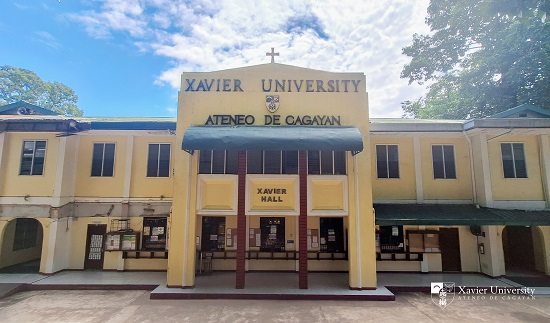
5. Xavier Hall
The construction of the (now called) Xavier, Campion, and Lucas Hall took place from 1935 to 1938. Each of these buildings plays a crucial role in the university's operations and reflects the Jesuit values of education, service, and community.
This building is named in honor of St Francis Xavier, one of the co-founders of the Jesuit order and a significant figure in the Catholic missionary movement. Xavier Hall typically serves as a central administrative building and is a key location for various university events and gatherings.
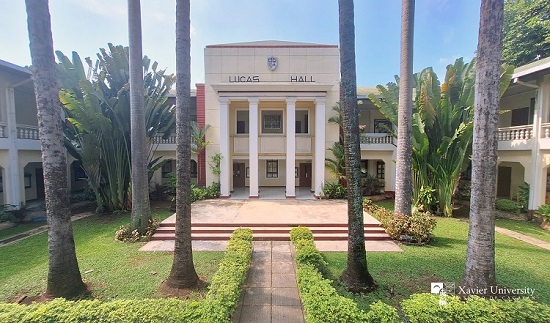
6. Lucas Hall
This building was named in honor of Fr John Lucas, SJ, a Jesuit missionary who was instrumental in the early development of the university. The Lucas Hall is one of the oldest buildings which originally contained all the classrooms and offices in the 1940s and the 1950s. The Lucas Hall was a small science building. However, since 1967, Lucas Hall has been used mainly for administration offices. Onlookers today may take notice of the peculiar gap between the inscriptions “Lucas” and “Hall”. It used to read “Lucas Science Hall.”
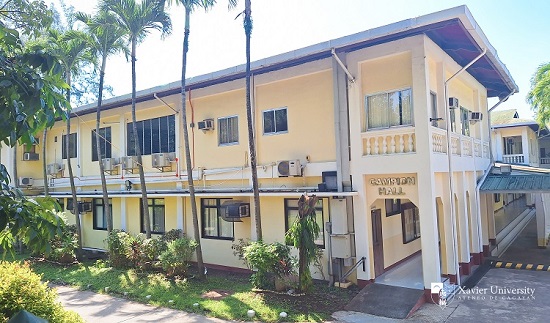
7. Campion Hall
Named after St Edmund Campion, an English Jesuit martyr, Campion Hall is significant for its role in housing various academic and administrative functions. The hall is used for lectures, seminars, and other educational activities. Its naming pays homage to the Jesuit tradition of education and sacrifice.
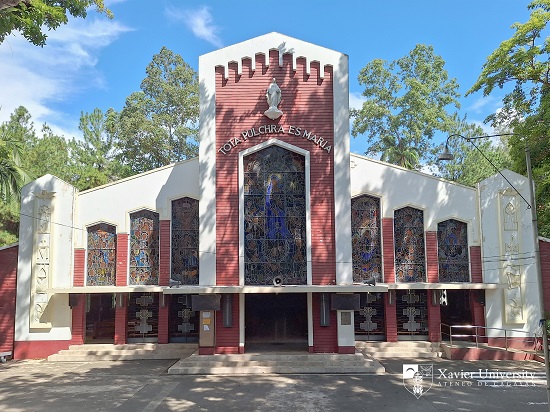
8. University Church of the Immaculate Conception of the Blessed Virgin Mary
The Immaculate Conception Chapel is named in honor of the Blessed Virgin Mary, the patroness of Xavier University. It was blessed and dedicated on 8 December 1954 by Most Rev Archbishop James TG Hayes, SJ, who was also the founder of Ateneo de Cagayan in 1933. After major renovations, the chapel was again blessed by Fr Antonio Samson, SJ, XU President, on 8 December 1999.
On 8 September 2013, the Immaculate Conception Chapel of Xavier University was renamed the University Church of the Immaculate Conception of the Blessed Virgin Mary during the Feast of the Nativity of Mary on the Ruby Jubilee, the eightieth (80th) year of Xavier University – Ateneo de Cagayan and of the Archdiocese of Cagayan de Oro.
